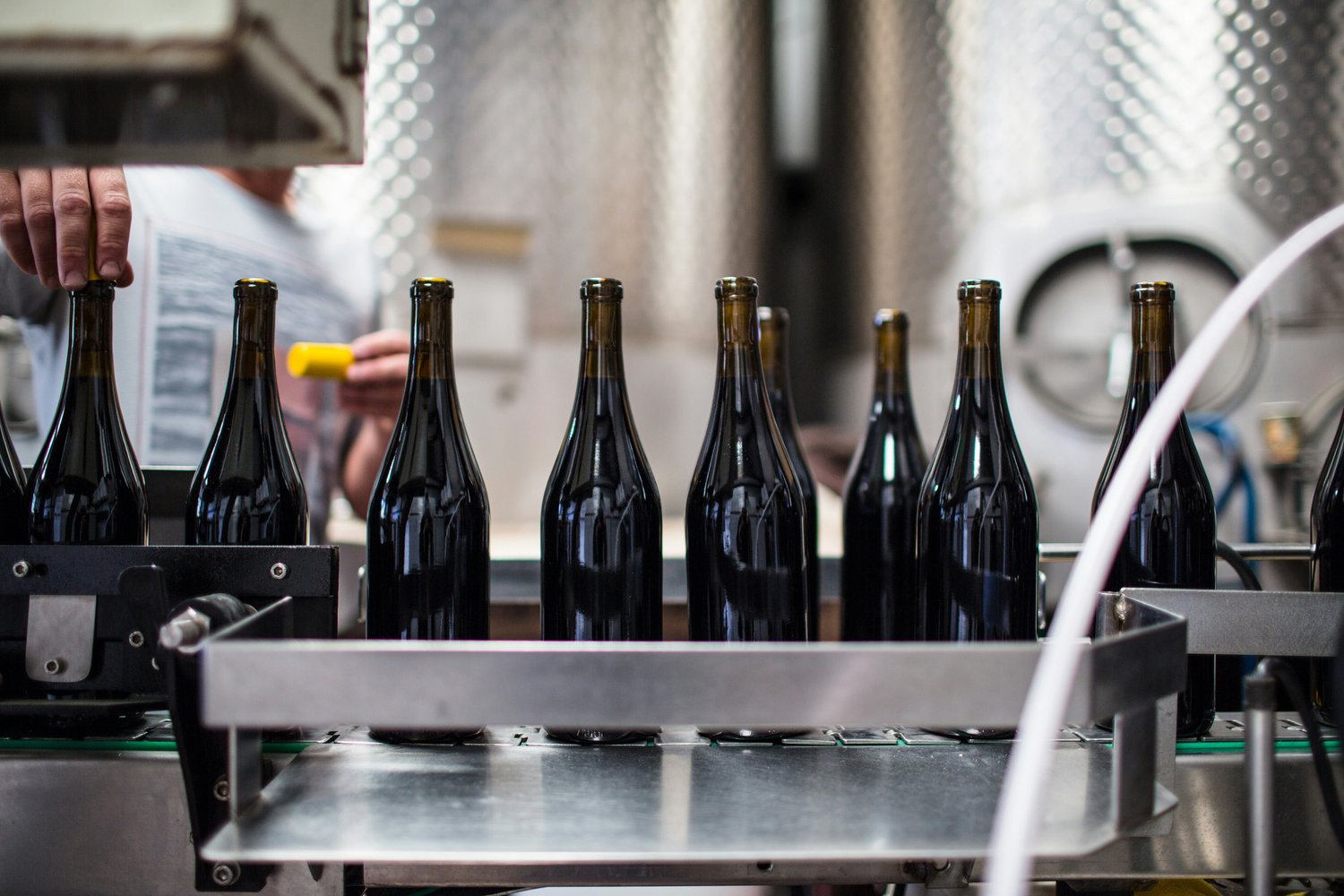Technology News
25 April 2024
By Amaea in amaea.com
Preparing individual wines for bottling can be one of the more stressful tasks wineries must complete and tight timing can often create anxiety. Let’s face it, bottling season is a time of year that most winemaking teams dread.
Operationally, wineries have a pretty good rhythm to their annual bottling process, but sometimes, there are some final adjustments winemakers would like to have a little extra time for. Perennially, it seems that wines could use a bit more of ‘this’, or a bit less of ‘that’ and the bottling is already on the schedule. Regardless of the size of the winery, having more time for consideration and fine adjustments prior to finishing and bottling would be helpful.
Fining encourages settling of solids, adjusts color and reduces off-aromas before a wine goes to bottle. For now, let’s focus on wine palate structure and the polyphenols and phenolic acids that cause astringency and browning (we’ll cover protein and bi-tartrate stability in another technical note). Polyphenol adjustment is one operation that would be great to have more control over. Especially if allergens and new export labeling requirements require extra testing or justification.
To adjust polyphenols and phenolic acids, winemakers use egg whites, gelatin or PVPP (polyvinyl poly pyrrolidone, a synthetic, single-use polymer) depending on specific sensory goals. Typically, the fining process requires bench trials with the wine in the lab to determine the appropriate treatment rate. A bulk addition is made to a tank and then we wait – for days or weeks for the wine to settle. [READ MORE…]
